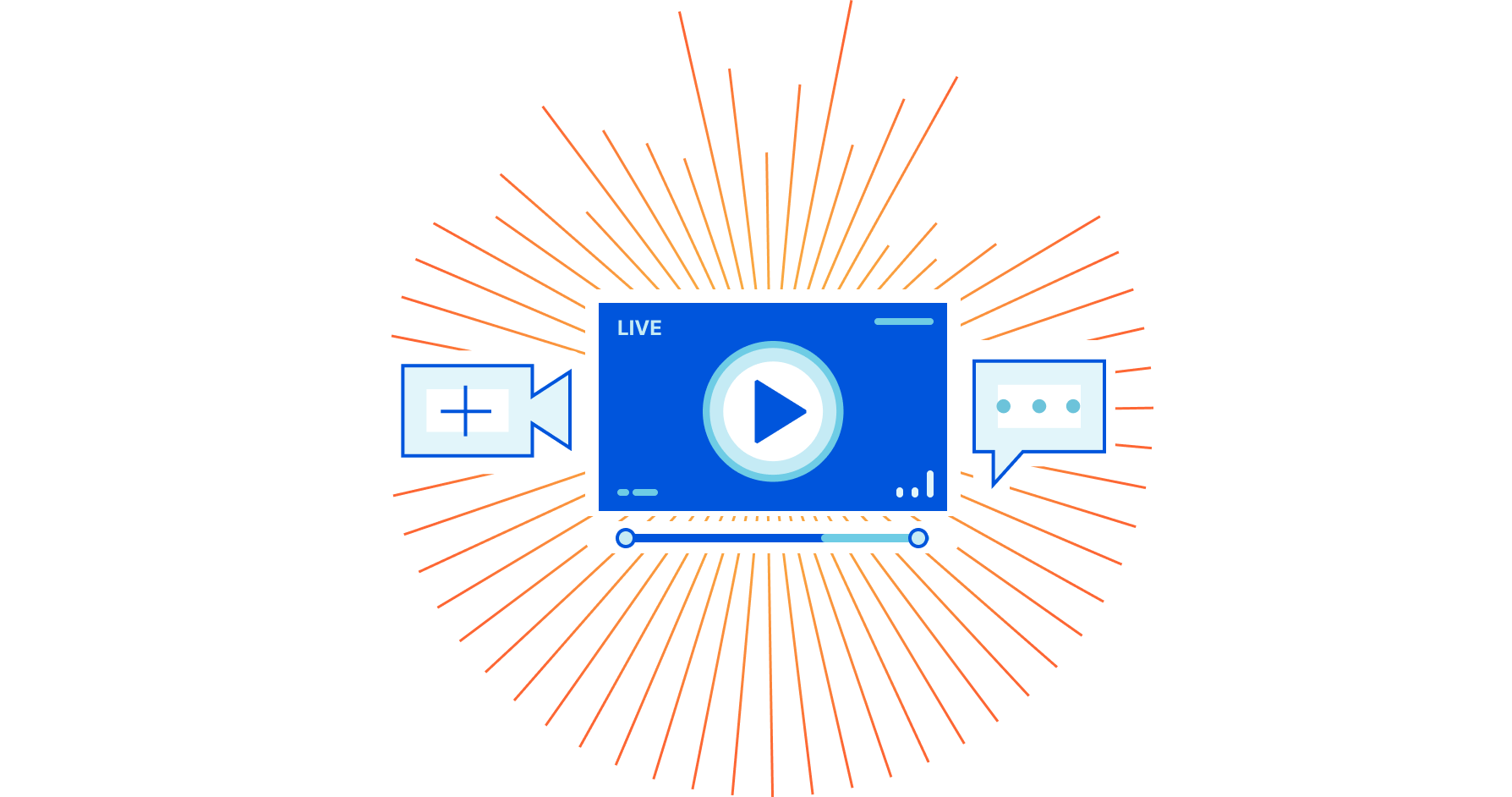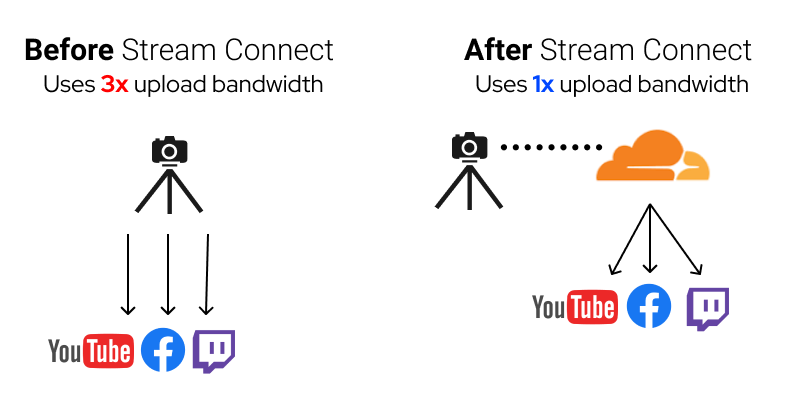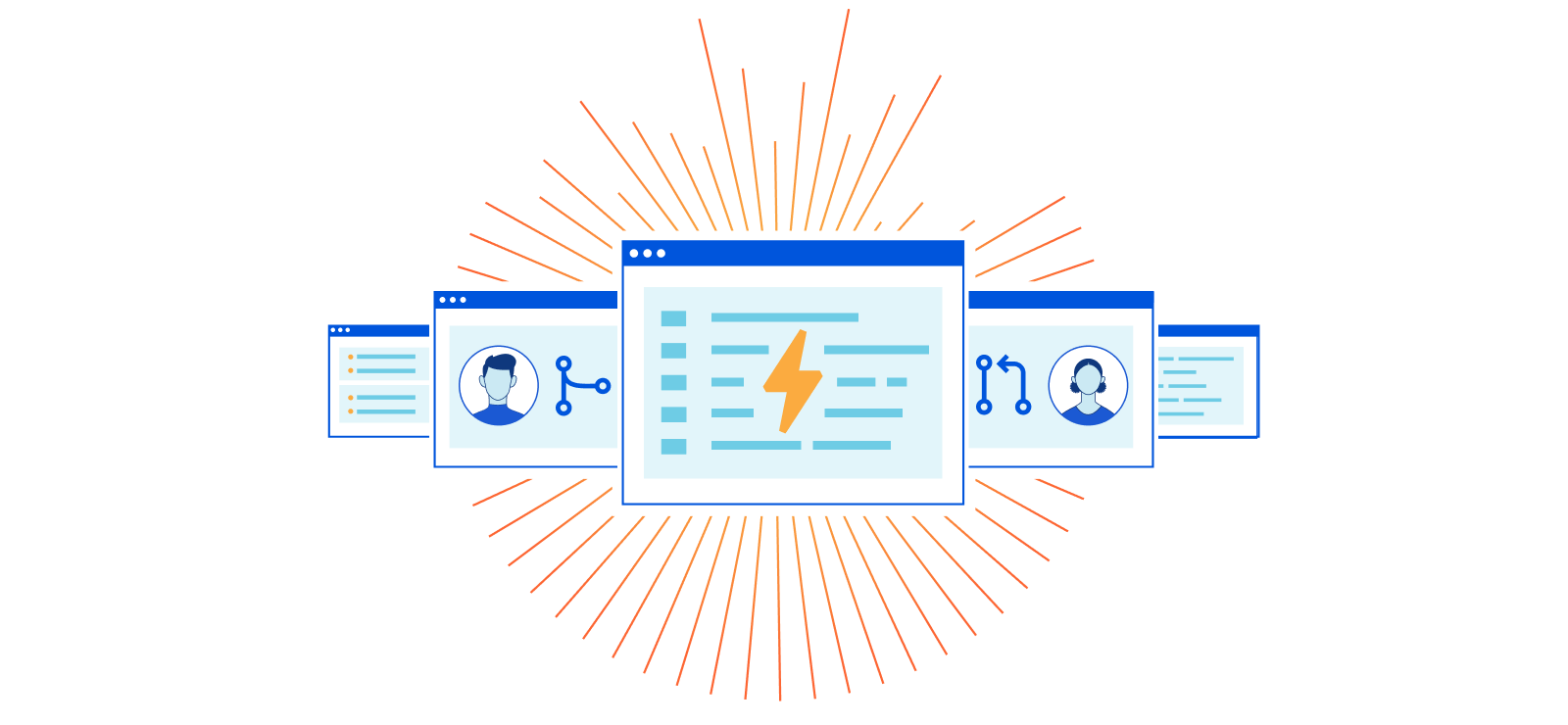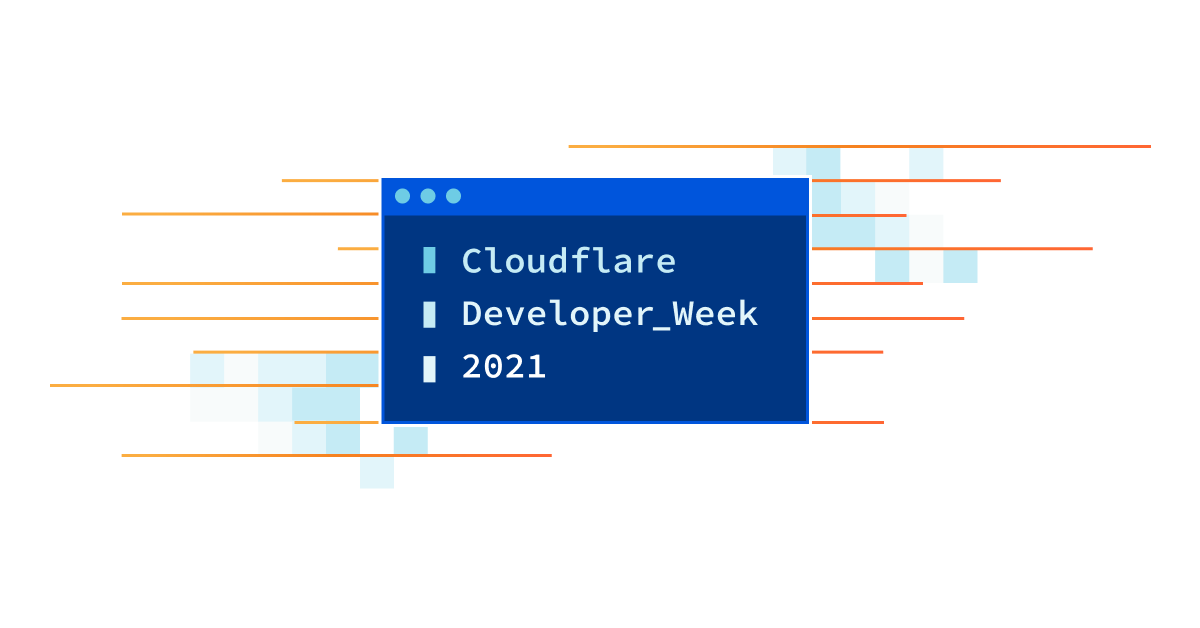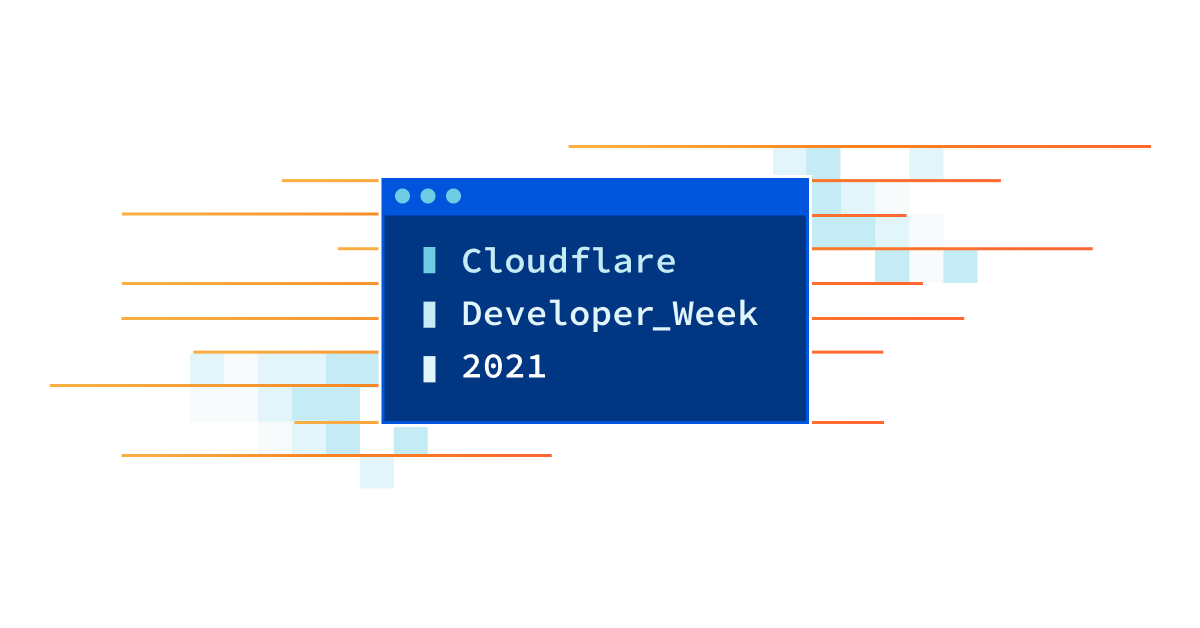Developer Challenges


Welcome to Developer Week at Cloudflare! We are excited to announce we are running a series of Developer Challenges throughout the week to give you the excuse you needed to play with all our new features.
Between now and April 19 you’ll get to know the Cloudflare developer tools and walk away with a fun new app (or five) to your name. You’ll also become a part of the Cloudflare Developer community!
We hope that some of you will be inspired to create your next project using Cloudflare Workers, Workers KV, Pages, Durable Objects and all the developer-focussed products that Cloudflare offers. There’s already a vibrant community building applications using the Workers ecosystem; we hope the Developer Challenges inspire you to build on Cloudflare.
What are Developer Challenges?
We know that some people are new to the Cloudflare services for developers and that some of you have been using them for a while, so we have come up with two streams of challenges.
If you’re just getting started with Cloudflare, there will be a new challenge each day of the week that will help you level up your knowledge in no time. There’s also an extra bonus challenge Continue reading
 We are doing the first ever Packet Pushers LiveStream on Thursday, April 22nd 1000PST/1300CET/1700GMT. Our take on a LiveStream is a cross between live podcast, presentation and interviews where the audience can join us live for recording. Our sponsor is Alkira and Multi-Cloud Networking. The Alkira product is interesting in its ability to build network […]
We are doing the first ever Packet Pushers LiveStream on Thursday, April 22nd 1000PST/1300CET/1700GMT. Our take on a LiveStream is a cross between live podcast, presentation and interviews where the audience can join us live for recording. Our sponsor is Alkira and Multi-Cloud Networking. The Alkira product is interesting in its ability to build network […]

